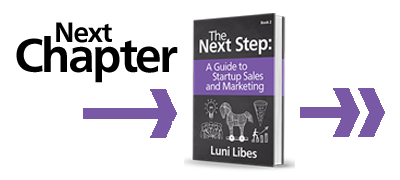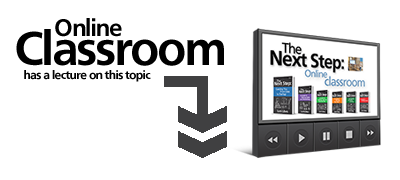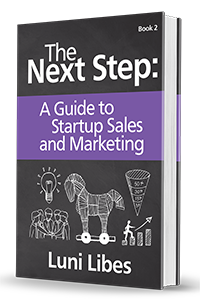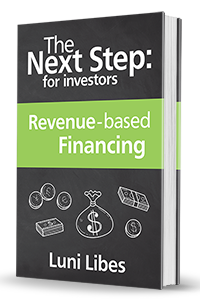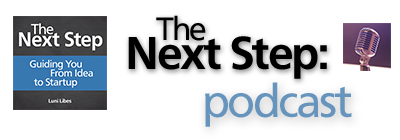Hello, can you hear me now???
With a name, one-liner, logo, and tag line, you are armed with the tools to go talk about your company. The next question is, where?
Where do your customers get their industry news? From which magazines? Which blogs? Who are the influential writers, bloggers, and tweeters?
Back in the twentieth century, your next step would have been to hire a public relations (PR) firm, do a press tour, perhaps meet some analysts, and buy some advertisements. Here in the early twenty-first century, for most industries, those steps are obsolete.
First and foremost, you need a website. This is a place where potential customers can read about your product/service. This used to be difficult. Now, you simply pick a hosting provider, click to install WordPress, spend an hour or two picking a professional-looking theme, and, in a few days, configure the theme and add the content to create a working website. If you have no technical skills, you can ask or hire an experienced web developer to do this for you. I’ve seen it done and done well in as little as four hours.
Next, do a bit of research to determine whether Twitter, Facebook, LinkedIn, Pinterest, or another social network is best for reaching your target customers. Create an account and start posting. Post about your company, but also about industry news that your target customers will find useful. Follow the influencers in your market. That means find the people blogging and tweeting about products and businesses in your market and find some way to start a conversation with them.
Next, create an online newsletter. Many online services will let you do this for free for the first thousand or more recipients. Start out emailing it to your friends, family, and former colleagues. As you go out networking, ask people if they don’t mind being added to your mailing list. Send a newsletter at least once per month, at most once per week. Like the social media posts, include more than just links back to your own website. Find interesting stories and events to include, or write your own. If you do not have enough content for a monthly newsletter, supplement your stories with interesting industry news that you find from other sources.
Speaking of writing, since you used WordPress to create your website, you also now have a blog. Post something there at least once per month. Remember to share that content in your newsletter. Think of your blog as a conversation between your current and future customers. Use it to build trust in your brand by talking about trends in the industry, problems you are solving with your product, new features you are releasing, etc. Don’t expect the blog to close any sales, and thus don’t write in a style that sounds like a salesperson, but rather write in a style similar to talking at a cocktail party or a chat between speakers at a conference. The goal is to keep customers aware of your product, and they will only keep reading your communications if you ensure they are friendly and interesting.
If your product/service can be purchased online or over the phone, don’t forget to add a “call to action” that points the reader to an easy way to buy. And don’t forget to include the content from your blog in your newsletter (sometimes the whole post; sometimes just a headline, summary, and link). In all cases, include a call to action to get those readers back on your website or whatever channel best leads them to become customers.
Plan on posting something somewhere at least once per day. That is, at least one tweet or one blog post or one newsletter every working day.

